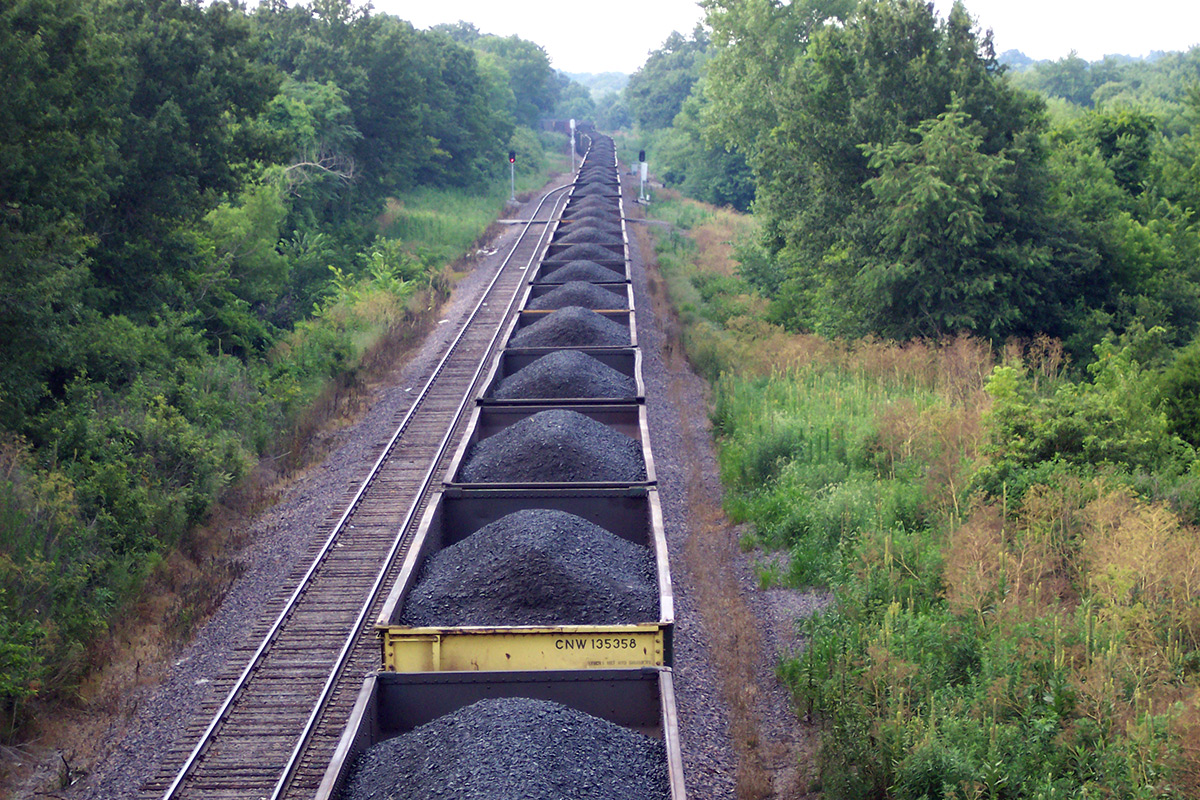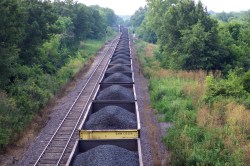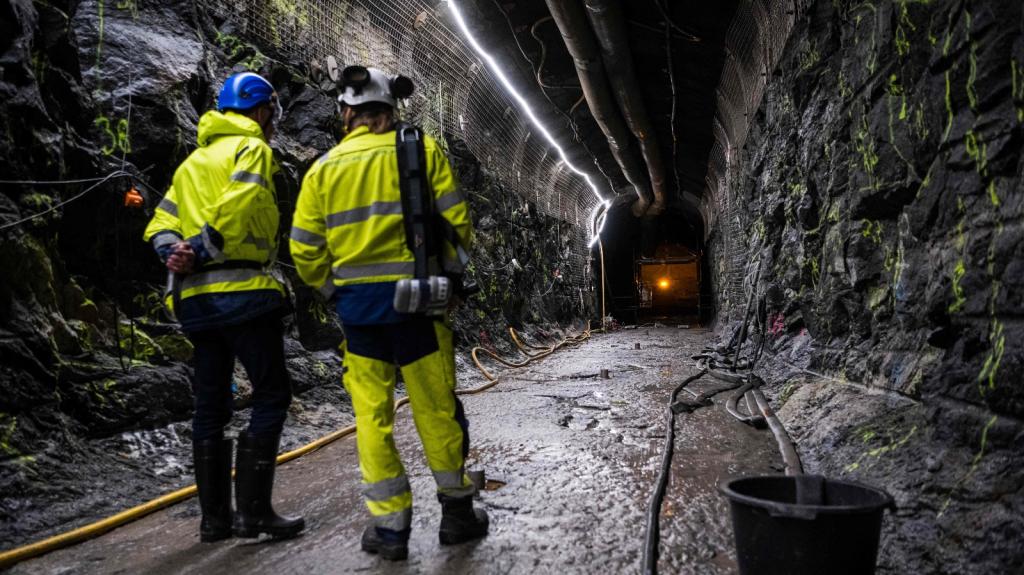Editor’s note: The coal industry is desperate to ship its product to Asia because demand here in the U.S. has dropped. Three coal export terminals are currently proposed for Washington and Oregon (down from six a year ago). Before they can be built, their environmental impacts must be evaluated. Climate activists have been calling for broad evaluations of the myriad impacts, while industry wants just narrow studies done. Today comes word that the environmental impact study for one of the proposed terminals will be wide-ranging and rigorous — a win for anti-coal activists.
Hot off the presses: The three “co-lead” agencies in charge of reviewing the proposed Gateway Pacific coal export terminal at Cherry Point, Wash., have published the scope of their review. The major takeaway is that it’s bad news for the coal industry.
The industry did win an empty victory with the Army Corps of Engineers, the sole federal agency at the table, which opted for a narrow scope of review. But in the end it doesn’t much matter. One of the other lead agencies, the Washington Department of Ecology, is going to require in-depth analysis of four elements that the coal industry had desperately hoped to avoid:
- A detailed assessment of rail transportation’s impacts on representative communities in Washington and a general analysis of out-of-state rail impacts.
- An assessment of how the project would affect human health in Washington.
- A general assessment of cargo-ship impacts beyond Washington waters.
- An evaluation and disclosure of greenhouse gas emissions of end-use coal combustion.
Of those, two stand to be particularly damaging for would-be coal exporters: rail impacts and greenhouse gas emissions. There’s not a lot of wiggle room with either of those elements.
First, burning the 48 million tons of coal proposed for export at the terminal annually would release roughly 100 million tons of carbon dioxide, a staggering figure that amounts to as much carbon pollution as every activity in the state of Washington combined. In other words, it’s a clear environmental disaster that would overshadow every other effort the state has made to reduce climate-changing emissions.
Second, moving that much coal to a terminal will create congestion throughout the region. There’s simply no way around the math. In Seattle, for example, both Sightline and the traffic analysis firm Parametrix have confirmed that new coal export shipments would completely close major center city streets by an additional one to three hours every day, 365 days per year.
What’s worse for the coal industry is that the expansive scope of review will likely create further delay and uncertainty, potentially scaring off investors. Just yesterday, in fact, executives from Cloud Peak Energy, which plans to mine up to 10 millions tons of coal a year in Montana and ship it out through West Coast ports, griped about the slow progress on coal export terminals during a sad-sack discussion of its weak second-quarter earnings.
Now that public agencies will be tallying the manifest pollution, health, climate, and congestion impacts of the Gateway Pacific coal terminal, there’s likely to be even more opposition to planned export terminals. Plus, given more analysis and a wider exploration of the proposal’s problems, opponents will likely find abundant opportunities to litigate, which would of course create even more delay and uncertainty.
So the bottom line of today’s announcement for the proposed Gateway Pacific coal terminal: long delays, high costs, more opportunities for public opposition, and a near-certainty of litigation. Coupled with the ongoing collapse in Pacific Rim coal prices, it’s not a fun time to be in the Northwest coal export business.





